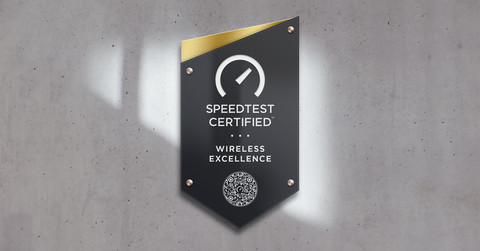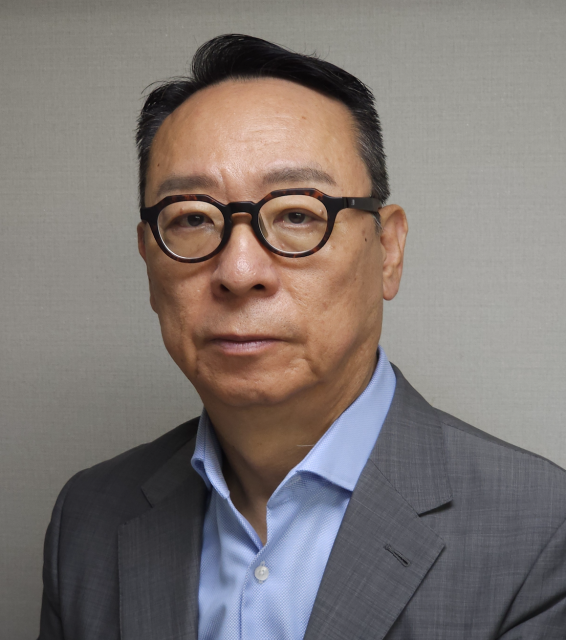
Executives in Korea: the stars of the corporate ladder. According to one statistic, the likelihood of being promoted to an executive role is a mere 0.7%, and it takes an average of 22 years for a new hire to ascend to that coveted position. Out of 1,000 employees, only seven make it. Yet even for those who do, the tenure is often shorter than imagined. The average tenure of executives in Korea is about 5.6 years, and for those in the top 10 conglomerates, the period is even briefer—3 to 4 years for CEOs. This has led to the cynical nickname “temporary staff” for executives, a bitter irony for those who have reached the pinnacle of their careers.
Structurally, executive roles are often contractual, with few opportunities for further advancement, and they bear the direct burden of business outcomes. These realities make simple comparisons with rank-and-file employees unfair. Nevertheless, both organizations and executives themselves need to reflect on what it takes to not only survive but succeed in these roles.
Every year, requests pour in for training programs tailored to corporate executives, especially newly appointed ones. The key concern of company owners and top management is whether these appointees can truly embody what it means to be an executive. When asked what they hope participants will gain from such programs, the most common response is this: “We want them to understand what an executive is supposed to do.” This highlights the need for a redefinition of roles, a process critical for determining priorities and areas of focus. So, how should we define the role of an executive?
Defining the Executive Role: The dictionary defines an executive as someone who belongs to an organization and is entrusted with handling important matters. But what constitutes “important matters” can vary widely depending on the company’s culture, circumstances, and the specific responsibilities of the individual. There is no universal answer, but one priority stands out: alignment with key stakeholders, particularly direct superiors. Misalignment in expectations often leads to executives leaving their organizations. Without clear, shared priorities with top decision-makers, conflict and discord can easily arise. Instead of relying solely on intuition or guesswork, executives should actively seek regular feedback to close gaps and align objectives from the outset.
What Executives Must Do—and Avoid Doing: Listing everything executives should do would produce a long inventory. Traditional executive leadership emphasizes three basics: setting a vision and direction, leading organizational culture (including teamwork and dynamics), and delivering results. However, I propose adding three equally critical responsibilities that many executives neglect or avoid altogether.
Removing Obstacles:
This includes addressing harmful practices, unnecessary routines, unhealthy workplace cultures, and conflicts between teams or individuals. These issues, if left unresolved, can obstruct progress despite strong leadership in other areas. Sometimes, subtraction—eliminating the bad—matters more than addition.
Pioneering New Paths:
Executives must accurately assess the status quo and help establish healthy habits and routines within the organization. This could mean proposing new directions, building up solutions, or enabling teams to identify and implement resolutions themselves.
Bridging Organizational Gaps:
During the Iraq War, U.S. forces faced initial challenges against Al-Qaeda’s decentralized network despite deploying elite units like the Rangers, Delta Force, and Navy SEALs. General Stanley McChrystal turned the tide by creating a robust information-sharing network that tightly connected the teams. Similarly, executives must foster connectivity across the organization to close structural gaps and enhance collaboration.
Equally important are the pitfalls to avoid. The first is over-reliance on past skills or achievements. Accomplishments before becoming an executive are merely “yesterday’s rain.” Leadership at the executive level requires a shift to a completely different paradigm. Marshall Goldsmith, in his bestseller What Got You Here Won’t Get You There, underscores that skills that brought success earlier in one’s career are insufficient for top leadership roles.
The second pitfall is moral complacency. Executives are like goldfish in a glass bowl—every misstep is visible and can be career-ending. Scandals, even unintended ones, can arise from poor judgment or a lack of integrity. A former CEO I worked under at a globally renowned company exemplified this principle. He consistently upheld ethical standards, avoiding even the appearance of impropriety, such as refraining from one-on-one meals with female employees to prevent misunderstandings. His commitment to integrity magnified the impact of his outstanding business achievements, earning widespread respect.
So, Who Is an Executive?
In the end, defining an executive is no simple task. Tentatively, I propose this: an executive is someone who makes sound decisions for the genuine success of their organization and its members. Achieving this requires a blend of foundational leadership skills, clarity on priorities, and avoidance of critical pitfalls. Success as an executive ultimately depends on one’s ability to observe holistically, listen actively, and make decisions that drive meaningful impact.
I recall an experience as a newly appointed executive attending a conference at our U.S. headquarters. During a casual dinner hosted by a senior leader, we discussed various topics, from business strategies to leadership principles. Toward the end, I asked him a question: “What’s the one thing I must never overlook if I want to thrive as an executive and continue growing?” He answered with striking simplicity: “Listen sincerely to your team and strive to make the right decisions.”
When I pressed him further—“Will just these two things really make me successful?”—he replied emphatically, “No! But if you master these, you will succeed as a trusted executive anywhere in the world.”
While such advice may not apply universally, it highlights the essence of executive leadership: transcending the role of a diligent manager to become a strategic decision-maker. It’s a challenge, but one that every executive must rise to meet.
- Advisor for K-labor law firm














